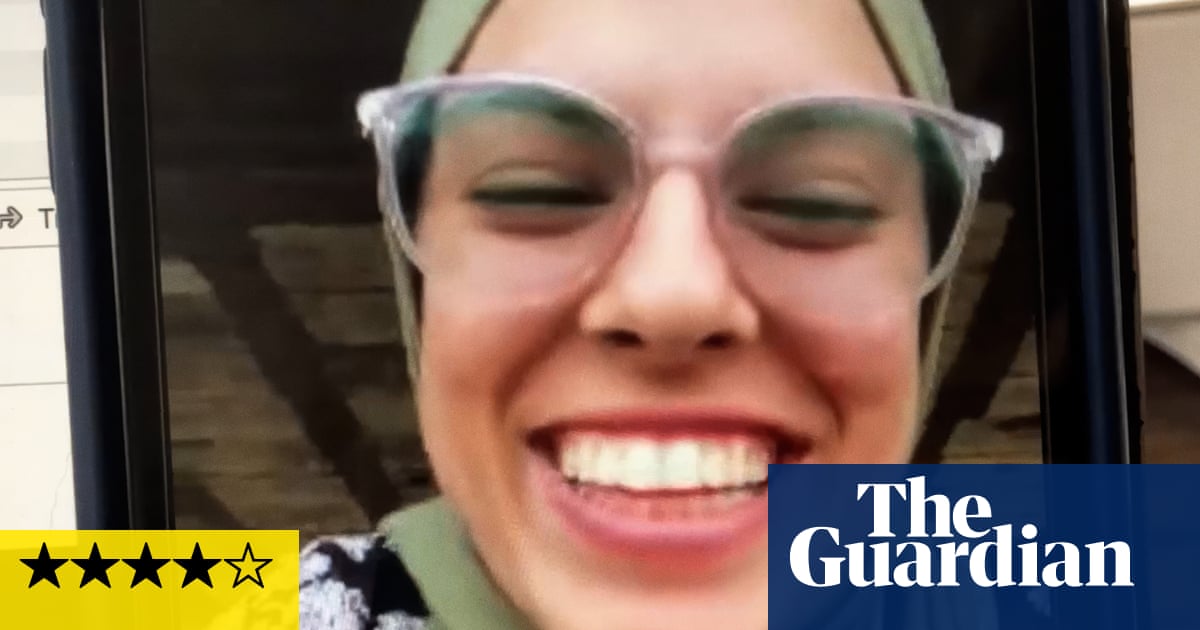
"In fact, the last we see of Hassouna is her being told by Farsi that the film we've just been watching will be shown at the Cannes film festival. This prompts a conversation about whether Hassouna will attend the premiere (Of course! she says, optimistically) and perhaps use that trip as an opportunity to leave Gaza for good. She demurs politely, insisting that Gaza is her home even if everything and everyone is destroyed."
"But it's the audacious austerity of Farsi's film-making that really makes the material sing. As that cheery last conversation ends with a humdrum discussion of passports and a promise, impossible to keep, to talk again soon, the screen fades to black and bare, factual subtitles reveal Hassouna's fate. There's no soaring string soundtrack, no final on-the-nose irony, just the palpable absence of Hassouna's almost always smiling face, her laughter, and her irrepressible optimism."
The documentary unfolds through nearly year-long video calls between director Sepideh Farsi and Fatima Hassouna, interwoven with filmed news broadcasts and digital photographs Hassouna shot daily. Hassouna's optimism, laughter and ambition to become a professional photographer emerge through her images and conversations. A final video-call discussing passports and a Cannes premiere is followed by factual subtitles revealing Hassouna’s death on 16 April in an Israeli airstrike that also killed family members. The film uses austere, understated editing and silence instead of dramatic music, amplifying the emotional absence and the contrast between ordinary life in Gaza and catastrophic destruction.
Read at www.theguardian.com
Unable to calculate read time
Collection
[
|
...
]